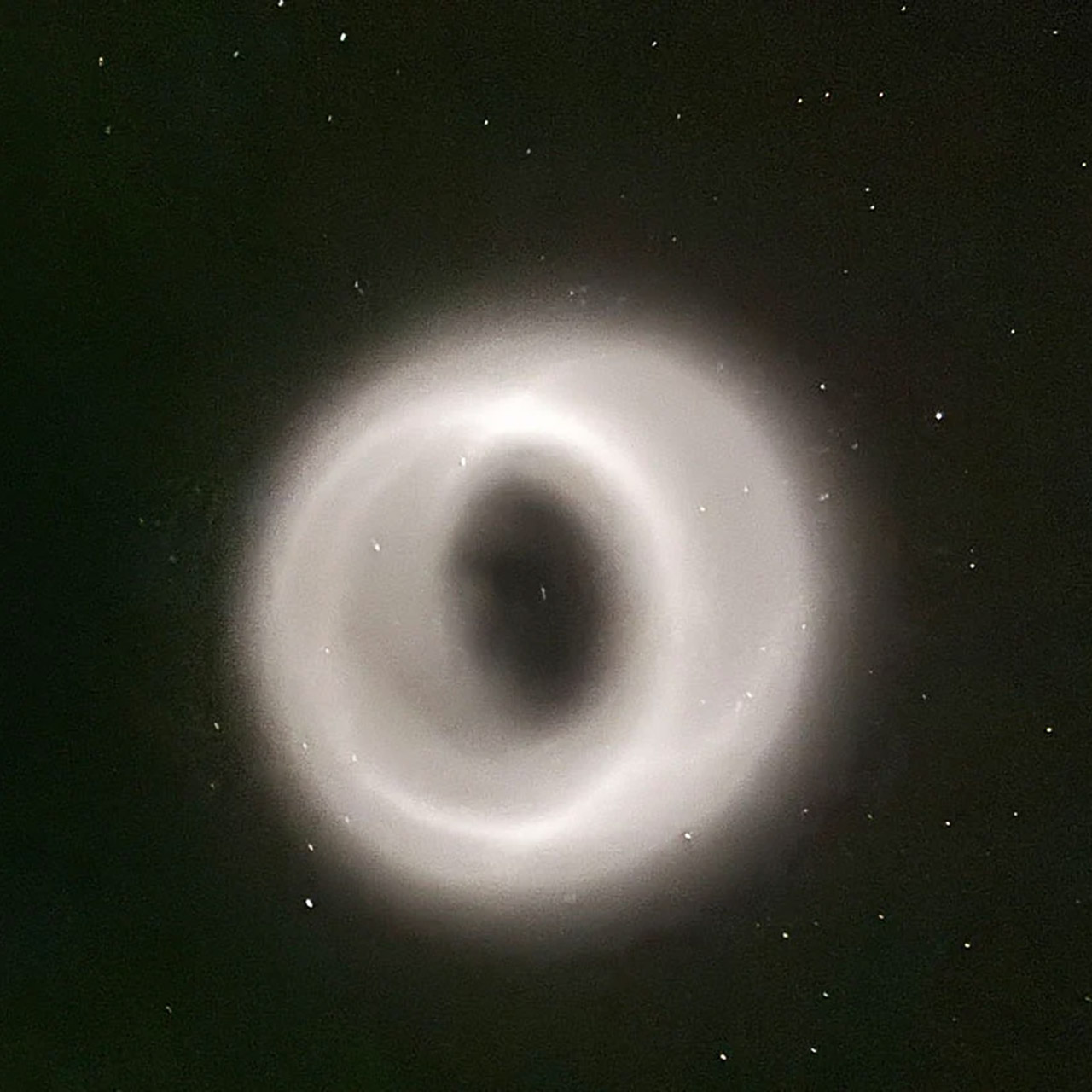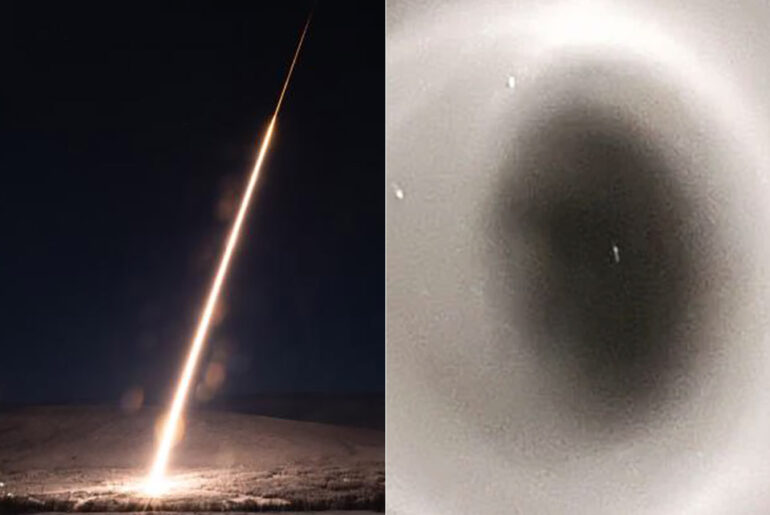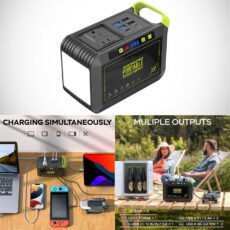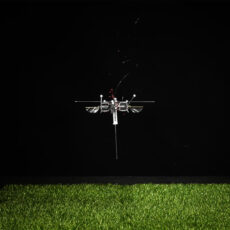
Photo credit: UAF | Eric Marshall
No, this isn’t a real wormhole that can transport you to another galaxy located millions of light-years away, just a fascinating science experiment conducted by researchers from the University of Alaska Fairbanks.

On March 29, they launched a rocket from the Poker Flat Research Range, just north of Fairbanks. This was part of a NASA project called AWESOME (Auroral Wave Experiment Studying Oscillations in the Magnetosphere and Exosphere). The rocket let out a chemical called trimethylaluminum (TMA) that turns into vapor and glows when it hits oxygen high up in the air. That made a bright, twisty ring in the sky that people in central Alaska could see, and they said it looked like a “wormhole” or spiral.
- NASA rocket model kit – Launch into a creative project with the LEGO Icons NASA Artemis Space Launch System model building project for adult space...
- What’s in the box? – This creative building set includes everything you need to craft a multistage rocket with 2 solid-fuel boosters, an Orion...
- Features and Functions – This NASA-themed rocket model features retractable launch tower umbilicals, rocket support and crew bridge, detachable...
It wasn’t just for fun—there was a real reason behind it. Scientists, like space physics professor Mark Conde from the University of Alaska Fairbanks Geophysical Institute, wanted to figure out how auroras mess with the high-up air. They were checking if auroras could make enough energy to “boil” the atmosphere—a kind of heating that might shake up the ionosphere and mess with radio waves or satellite signals. The glowing TMA trail was like a marker, helping them watch how the air moves between 100 and 200 kilometers up, where auroras usually happen.
[Source]










